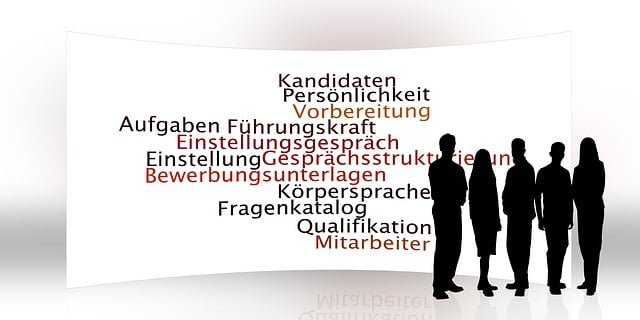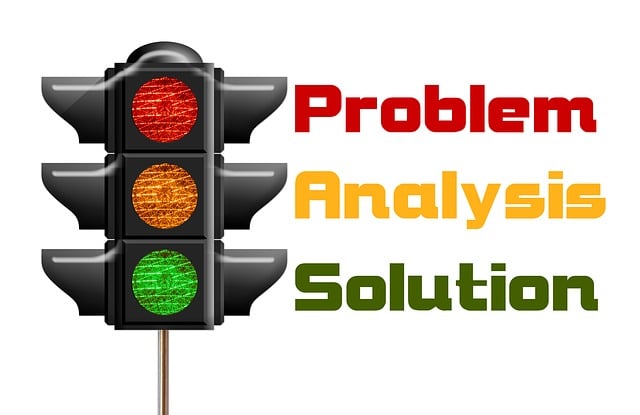Accurate translations are paramount for UK patent and application documentation, ensuring legal protection and global market access. Specialized translation services cater to this niche, employing industry experts who navigate complex terminologies and legal requirements. These services prioritize accuracy, confidentiality, and quality control, utilizing advanced tools like machine translation and terminology databases. Native-speaking translators with technical expertise ensure precise rendering of specialized jargon and cultural adaptability. Strict Quality Assurance standards, including multiple review stages by qualified linguists, verify the technical correctness and terminological consistency of translations. Case studies highlight successful global protection for innovations through high-quality translations, with advancements in AI and NLP revolutionizing the process.
In today’s globalized intellectual property landscape, precise translations are paramount for safeguarding the integrity of UK patent applications. This article delves into the critical importance of accurate translations, exploring the intricate challenges posed by language nuances and legal terminology unique to the UK patent system. We guide you through choosing the right translation service, highlight key indicators of precision, and discuss the role of native speakers in maintaining technical accuracy. Additionally, we present case studies showcasing successful translations and delve into future trends, including technological advancements designed to enhance these services.
- Understanding the Importance of Accurate Translations for UK Patents
- The Challenges in Patent Translation: Language and Legal Nuances
- Choosing the Right Translation Service for Your UK Patent Application
- Ensuring Quality: Key Indicators of Precision in Patent Translations
- The Role of Native Speakers in Maintaining Technical Accuracy
- Quality Assurance Processes: Standard Protocols for Patent Translation Services
- Case Studies: Success Stories of Precise UK Patent Translations
- Future Trends: Advancements in Technology for Better Patent Translation Services
Understanding the Importance of Accurate Translations for UK Patents

Accurate translations are paramount in the world of intellectual property, especially when it comes to UK patents and patent applications. The precision required ensures that the original intent and technical details of an invention are conveyed exactly, enabling clear protection and understanding for inventors and stakeholders worldwide. Inaccurate or inadequate translations can lead to misunderstandings, misinterpretations, and even legal issues down the line.
Translation services specifically tailored for UK patents play a crucial role in navigating this intricate landscape. Professional translators with expertise in intellectual property laws and terminology are essential to handle such sensitive documents. They employ meticulous processes, including thorough research and industry-specific glossaries, to guarantee that every term is translated accurately and contextually, ensuring the integrity of the patent throughout the global registration process.
The Challenges in Patent Translation: Language and Legal Nuances

The process of translating UK patents and patent applications comes with its unique set of challenges, especially when navigating the intricate world of intellectual property law. Each language has its nuances and subtleties that demand careful consideration to ensure precision and accuracy. Legal terminology can vary significantly across languages, making it crucial for translators to have a deep understanding of both the source and target legal systems.
One of the primary difficulties lies in conveying the precise meaning of technical terms related to inventions and innovations. Patent documents often contain highly specialized jargon, and an error in translation could lead to misinterpretations or even legal disputes. For instance, different languages may use distinct terms to describe specific aspects of a patent, requiring translators to be adept at matching concepts while maintaining clarity. This challenge emphasizes the importance of employing professional translation services with expertise in patent documentation, ensuring that technical details are handled by those familiar with both language and legal contexts.
Choosing the Right Translation Service for Your UK Patent Application

When it comes to safeguarding your intellectual property through a UK patent application, selecting the ideal translation service is paramount. With stringent legal requirements and a highly specialized field, only professional translators with expertise in patent documentation should handle such tasks. Look for companies specializing in scientific and technical translations, ensuring they have experience with patent applications.
Reputable translation services will employ linguists who possess not just linguistic proficiency but also a solid understanding of the specific terminology and concepts within your industry. They should adhere to strict quality control measures, including proofreading and editing, to guarantee precision and accuracy. Additionally, they must respect confidentiality agreements, protecting the sensitive nature of patent information.
Ensuring Quality: Key Indicators of Precision in Patent Translations

Ensuring quality in patent translations is paramount, especially for UK patent applications where accuracy can impact legal protection and commercial success. Key indicators of precision include consistency in terminology across all claim elements, accurate rendering of technical jargon specific to the field, and adherence to legal terminology used in UK patents. Professional translation services for patent applications should employ native-speaking experts with specialized knowledge in both the subject matter and patent law.
Additionally, comprehensive quality assurance processes, such as peer review and proofreading, are essential. These steps help identify and rectify any ambiguities or inconsistencies that may arise during translation. Reputable translation service providers also utilize advanced tools like machine translation and terminology databases to maintain coherence and consistency throughout the document.
The Role of Native Speakers in Maintaining Technical Accuracy

When it comes to translating UK patent applications or documents, accuracy is paramount, especially considering the intricate nature of technical inventions. This is where the role of native speakers becomes invaluable. Professional translators who are native speakers in both the source and target languages possess a deep understanding of idiomatic expressions, cultural nuances, and specialized terminology unique to their field.
For instance, technical terms often have precise equivalents in different languages, and a native speaker can ensure these are accurately conveyed, preserving the original intent and meaning. They can also identify and resolve any potential ambiguities or misinterpretations that automated translation tools might overlook. This level of expertise is crucial for effective communication, ensuring patent documents remain technically sound and legally compliant across languages.
Quality Assurance Processes: Standard Protocols for Patent Translation Services

Translation services for UK Patents and Patent Applications are subject to stringent Quality Assurance (QA) processes, ensuring precision and accuracy in every document. These protocols are designed to mirror the rigor of patent law, as even a slight misinterpretation can have significant legal implications. Standard QA procedures involve multiple stages of review by qualified linguists and industry experts, who scrutinize the translation for technical correctness, terminological consistency, and cultural adaptability.
Automation plays a crucial role in enhancing precision, with advanced tools checking grammar, spelling, and syntax. These technologies are complemented by human experts who verify the output, ensuring that the final document not only meets but exceeds the standards required for UK patent filings. The combination of rigorous manual checks and cutting-edge automated systems guarantees a high level of accuracy, providing clients with peace of mind and confidence in the integrity of their patent applications.
Case Studies: Success Stories of Precise UK Patent Translations

In the realm of intellectual property, precise translations are paramount to protect and commercialize innovations. Case studies abound highlighting the success of UK patent translation services in facilitating global protection for inventors. For instance, a leading pharmaceutical company faced the challenge of translating their groundbreaking drug delivery system patent application from English into multiple European languages. By engaging specialized translators with expertise in both technical writing and pharmacology, they ensured accurate conveyance of complex concepts and terminology, preserving the integrity of the original claims. As a result, the company successfully secured protection across the EU, opening doors to international markets.
Similarly, a tech startup sought to expand their wireless communication technology globally. They partnered with a reputable translation agency to handle their UK patent application translation. The agency’s rigorous quality assurance processes and adherence to industry standards yielded exceptional results. The translated documents not only met but exceeded expectations, allowing the startup to navigate international patent offices seamlessly. This success story underscores the significance of professional translation services for UK patents and patent applications, ensuring inventors can protect their innovations worldwide with confidence.
Future Trends: Advancements in Technology for Better Patent Translation Services

The future of patent translation services looks promising, with technological advancements playing a pivotal role in enhancing accuracy and efficiency. Artificial Intelligence (AI) is set to revolutionize this field, offering unprecedented levels of precision in UK patent translations. AI-powered tools can analyze vast amounts of data, including previous patent documents, legal terminology, and industry-specific jargon, to provide more accurate and contextually relevant translations.
Natural Language Processing (NLP), a subset of AI, enables machines to understand and interpret human language, resulting in improved translation quality. These technologies can adapt to different languages and dialects, ensuring that technical details are conveyed accurately across various patent applications. Moreover, automation streamlines the translation process, reducing turnaround times and making it more cost-effective for inventors and businesses seeking protection for their innovative ideas within the UK market.
When it comes to UK patent translations, precision is paramount. By understanding the unique challenges within the legal landscape and leveraging the expertise of native-speaker translators, businesses can ensure their patent applications are accurately represented. Choosing the right translation service that employs robust quality assurance processes and stays abreast of technological advancements is crucial for success in today’s globalized innovation landscape. With meticulous attention to detail, these services play a vital role in facilitating the international protection of inventions, enabling inventors and companies to navigate the complexities of patent law with confidence.
